 Open Access
Open Access
ARTICLE
Experimental Study and a Modified Model for Temperature-Recovery Stress of Shape Memory Alloy Wire under Different Temperatures
1 Guangxi Lepu Expressway Co., Ltd., Nanning, 530000, China
2 Department of Bridge Engineering, School of Transportation, Southeast University, Nanjing, 211189, China
3 Department of Road and Bridge Engineering, College of Construction Engineering, Jilin University, Changchun, 130012, China
* Corresponding Author: Wen-Wei Wang. Email:
Structural Durability & Health Monitoring 2025, 19(2), 347-364. https://doi.org/10.32604/sdhm.2024.054559
Received 31 May 2024; Accepted 07 August 2024; Issue published 15 January 2025
Abstract
To investigate the performance of utilizing the shape memory effect of SMA (Shape Memory Alloy) wire to generate recovery stress, this paper performed single heating recovery stress tests and reciprocating heating-cooling recovery stress tests on SMA wire under varying initial strain conditions. The effects of various strains and different energized heating methods on the recovery stress of SMA wires were explored in the single heating tests. The SMA wire was strained from 2% to 8% initially, and two distinct heating approaches were employed: one using a large current interval for rapid heating and one using a small current interval for slower heating. The experimental outcomes reveal that during a single heating cycle, the temperature-recovery stress relationship of SMA wire exhibits three distinct stages: the martensite phase stage, the transition stage from martensite to austenite phase, and the austenite phase stage. Notably, the choice of heating method does not influence the maximum recovery stress value, and the correlation between initial strain and maximum recovery stress is predominantly linear. Moreover, conducting the reciprocating temperature rise and fall performance test is important to better simulate the scenario in practical engineering where multiple recovery stress in SMA wires for structural repair. In this test, two temperature cycling methods were studied: interval rise and fall, as well as direct rise and fall. In the case of utilizing the interval temperature rise and fall method, it was observed that the recovery stress associated with cooling was significantly higher than that corresponding to heating at the same temperature. Furthermore, the recovery stress was lower upon subsequent heating than that measured during the previous heating cycle. Based on the experimental results, a prediction model for the temperature-recovery stress relationship has been proposed to simplify numerical calculations. It is hoped that an approximate temperature-recovery stress curve can be obtained from the parameters of the SMA wire. The calculated values derived from this model show good alignment with the measured values, indicating its reliability.Keywords
List of Abbreviations
| SMA | Shaped memory alloy |
| FRP | Fiber reinforced polymer |
| DC | Direct current |
Shape memory alloy (SMA) has garnered significant attention in the engineering domain due to its remarkable hyperelastic properties and distinct shape memory effects [1–5]. When a SMA wire, a commonly encountered SMA product, undergoes tensile loading F and is unloaded at a low temperature (in the martensite phase), it retains a specific elongation, termed the initial elongation (Δl) or initial strain (
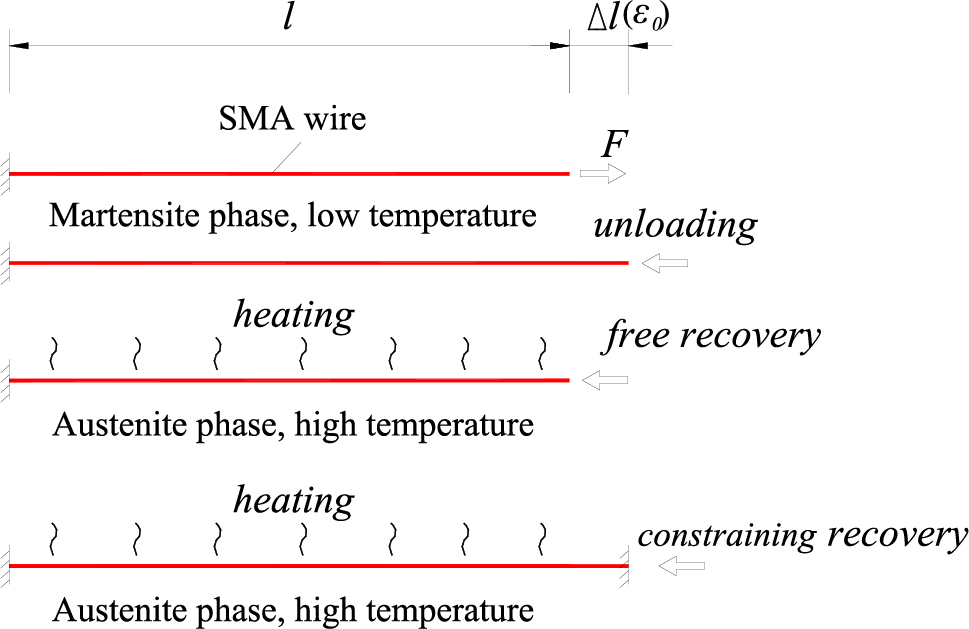
Figure 1: The principle of SMA recovery
When the two ends of an SMA wire with initial strain are securely fixed to constrain axial deformation, heating the wire will induce significant recoverable stress, as depicted in Fig. 1. This recovery stress generated by the SMA wire’s return to its original shape can be harnessed in various applications. One such application is to incorporate the SMA wires with fiber reinforced polymer (FRP) sheets or plates, thereby introducing the recovery stress into the FRP material to create prestressed FRP sheets/plates [7–9]. Additionally, SMA wires can be directly utilized as a reinforcing material to prestress and enhance structural components through their restoring stress [10–12]. Irrespective of the application method, accurately determining the recovery stress of SMA wires at various temperatures is a crucial aspect.
In recent years, there has been a surge in research exploring the use of SMA wires for concrete structure repair or the enhancement of fatigue resistance in steel structures. The Swiss Federal Laboratory, for instance, has investigated the application of Fe-based SMA in the reinforcement of engineering structures [13–15]. This has led to several studies delving into the material properties of Fe-based SMA, as well as the mechanical behavior and fire resistance of structural members strengthened with this iron-based SMA. Czaderski et al. [16] employed the shape memory effect of Fe-based SMA reinforcement to reinforce concrete structures and bridge decks, further observing their long-term performance. Other researchers, such as Xue et al. [7], Wang et al. [9], and Xue et al. [17,18], have combined SMA wires with FRP sheets to create a prestressed SMA/FRP composite enhancement technology. In these studies, SMA wires were pre-stretched to achieve initial strains, bonded with FRP sheets, and then subjected to temperature increases to induce recovery and obtain prestress.
In the process of introducing prestress, the common method involves heating SMA through electricity to generate a recovery stress. Hence, it is vital to establish the relationship between SMA temperature and electric current. Therefore, this paper initially investigates the impact of current on the heating of SMA wires and establishes a temperature-current model. Subsequently, based on the temperature-current model, experiments involving monotone heating and temperature cycling were conducted on SMA wires under various initial strain conditions. The recovery stress of SMA wires under different conditions was analyzed according to the experimental results. Ultimately, to simplify the application of SMA wires in numerical calculations, this paper proposes a method for calculating the temperature-recovery stress curve of SMA wires based on various initial parameters.
2.1 Stress-Strain Relationship Curve
The SMA wire utilized in this study is a Ni-Ti shape memory alloy produced by Xi’an Siwei Metal Materials Co., Ltd., Xi’an, China. It has a diameter of 1 mm and a chemical composition of 55.01% nickel (Ni) and 44.95% titanium (Ti). The austenite finish temperature (Af) for this alloy is 98°C.
Before delving into determining the temperature-stress relationship, the stress-strain relationship curves of the SMA wires under uniaxial tensile load were initially examined. Three identical specimens, each with a length of 240 mm, were tested to obtain the stress-strain curves when the SMA wires were in the martensitic phase. The specimens were stretched under tensile loading, with the displacement being the controlled parameter, at a rate of 1 mm/min until they fractured.
The prepared SMA wire specimens were positioned in a tensile machine, with their ends securely clamped by the fixtures. To measure the strain of the SMA wires, an extensometer was fastened in the middle of the specimens using rubber bands, as illustrated in Fig. 2. During the testing process, the acquisition system automatically recorded the stress and strain data.
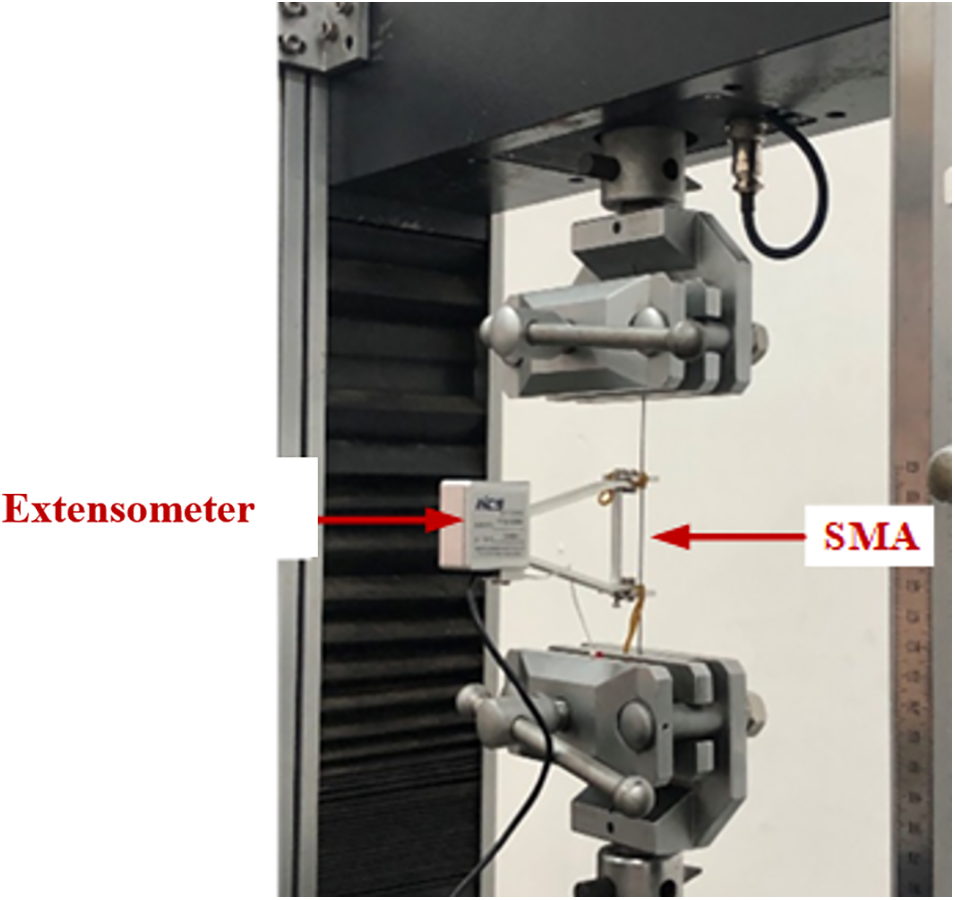
Figure 2: Tensile test
Fig. 3 illustrates the stress-strain curves for the entire process of three SMA wire specimens. As observed from this figure, the stress-strain relationship of SMA wires can be categorized into four distinct stages: (1) Elastic stage: Initially, the stress and strain exhibit a nearly linear relationship. During this stage, the microscopic crystal arrangement in the SMA wires remains stable, allowing for complete recovery of the deformation. The strain at this stage can reach up to 1%. (2) Phase change stage: As the strain increases to approximately 6%, the stress of the SMA wire plateaus at around 120 MPa, while its strain continues to increase. This indicates that the corresponding stress is close to the yield strength. (3) Strengthening stage: Once the strain exceeds 6%, the curve begins to rise rapidly, with the stress increasing proportionally with the strain. As the stress approaches 650 MPa, the ascending trend of the stress-strain curve begins to slow down. (4) Failure stage: When the stress reaches 895 MPa, localized shrinkage occurs in the middle of the SMA wires. The final strain achieved at this point can reach 60%.
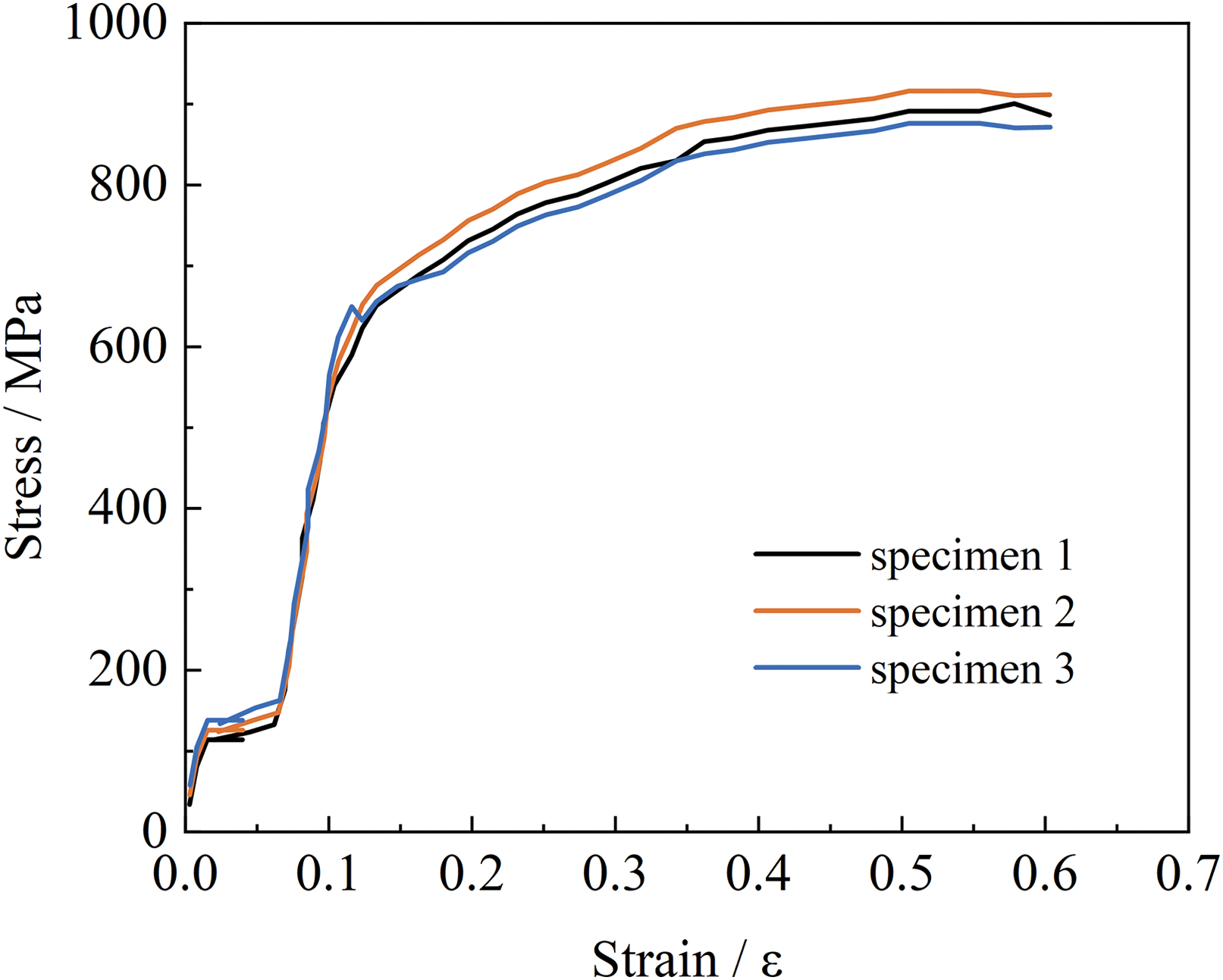
Figure 3: Stress-strain relationship curves
2.2 Temperature-Current Relationship
To activate the shape memory effect of the SMA wire, it must be heated to the austenite phase transition temperature. In this study, a power-heating mode was employed, necessitating the determination of the relationship between temperature and current during the electrification process. To achieve this, an experimental approach was employed to obtain the temperature-current curve.
The specimen used was 900 mm in length and 1 mm in diameter. Two experimental setups were designed based on different current intervals: one with a large and rapid increase of 1 A per interval, and the other with a small and gradual increase of 0.1 A per interval. Both specimens were capable of handling up to 9 A of current. The electric power source was a direct current (DC) voltage stabilizing power supply with a maximum capacity of 150 W, a maximum current of 10 A, and a maximum voltage of 15 V, as depicted in Fig. 4. For temperature monitoring, an L93-3 multi-channel temperature recorder from Loggertech Co., Ltd., Hangzhou, China, was utilized. This sensor has a measuring range of 300°C and an accuracy of 0.5°C. It boasts four thermocouple channels, allowing for insulated placement and pressure onto the test specimens for real-time temperature monitoring and automatic data acquisition, as shown in Fig. 5.
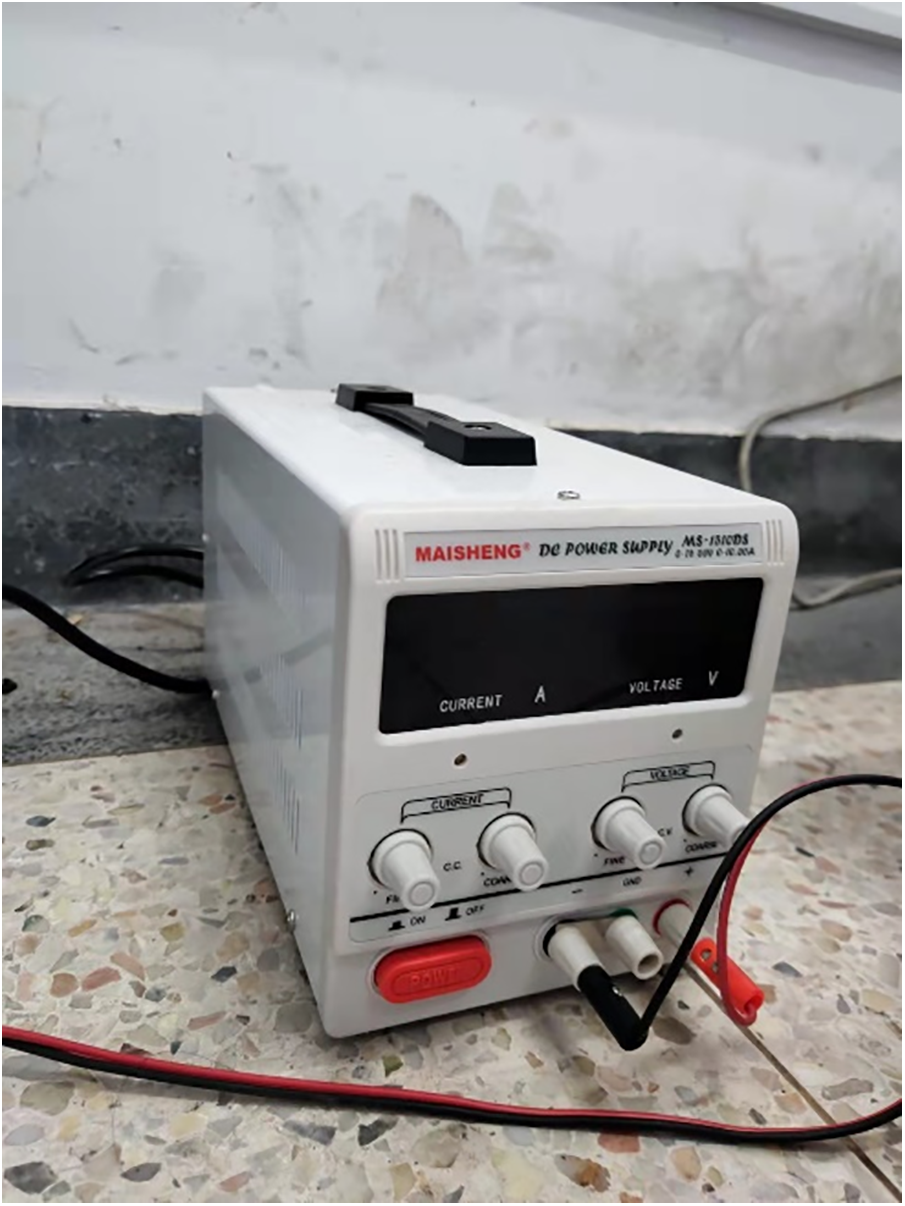
Figure 4: DC voltage stabilizing power supply
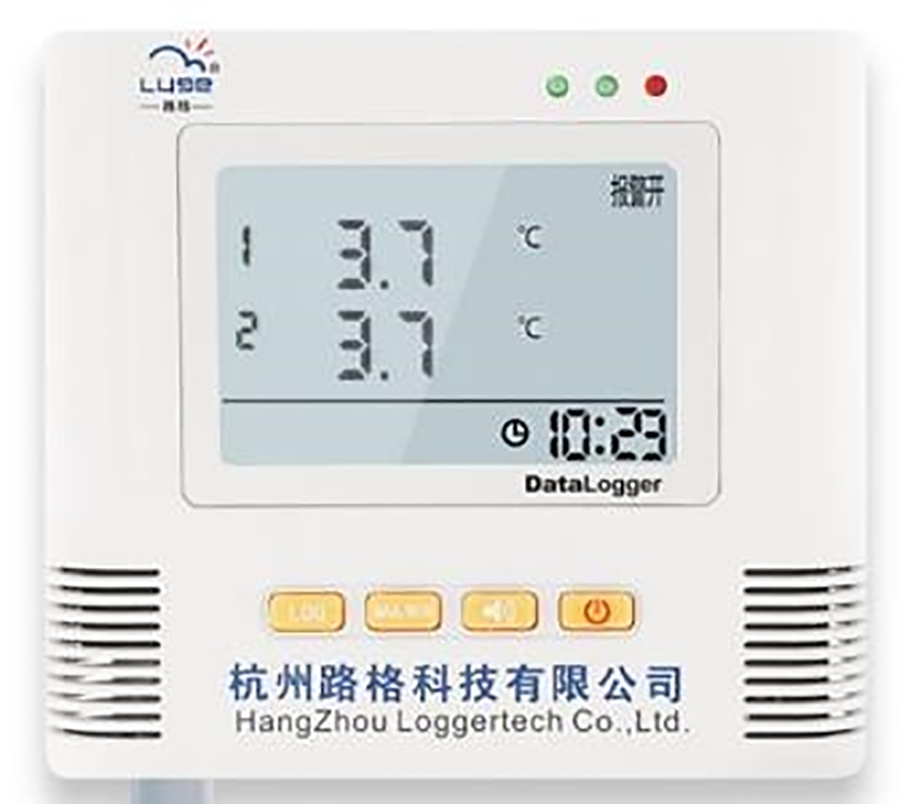
Figure 5: Temperature sensor
When testing the SMA wire, the first step is to insulate the ends of the wire using sandpaper. After that, the SMA wire is fixed to the designed test device as illustrated in Fig. 6. Both ends of the SMA wire are clamped securely with fixtures to ensure it remains vertical during the test. To monitor the temperature, two thermocouples are positioned 35 cm from the upper and lower ends of the SMA wire, fixed in place using pins. Both the thermocouples and the pins are wrapped with insulation tape to prevent electrical conductivity and ensure that they do not have direct contact. Once the thermocouples are in place, the pins are connected to the positive and negative poles of the DC voltage power supply. The current is then supplied continuously, and the stable temperature and corresponding current are recorded for each current increment interval until the maximum current of 9 A is reached.
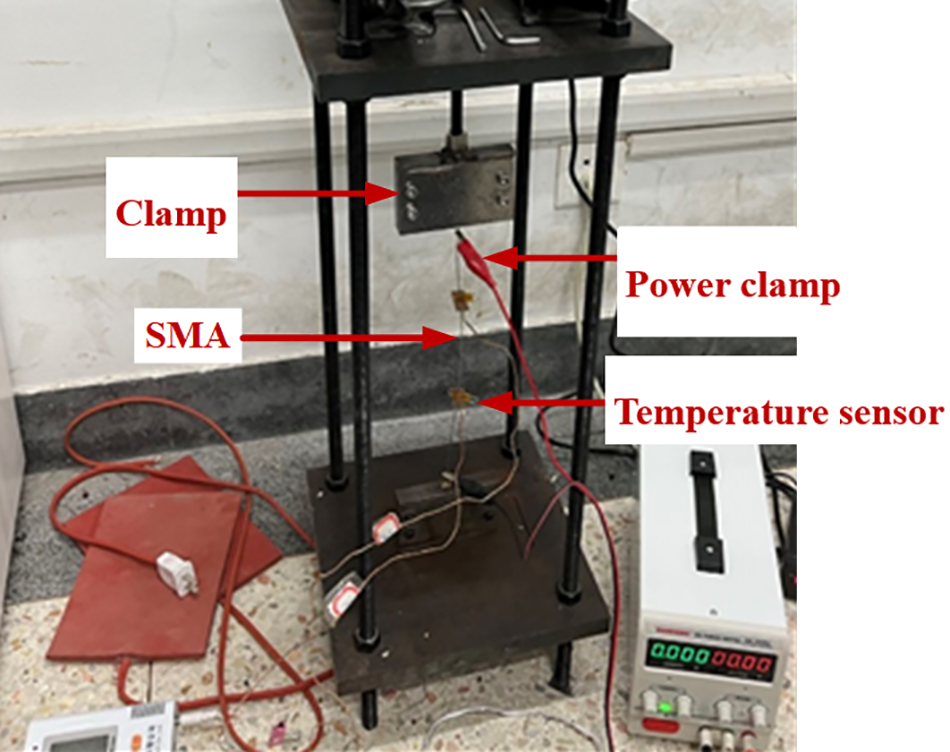
Figure 6: Temperature-current relationship test
The results of the temperature-current test are depicted in Fig. 7. As evident from the figure, the temperature of the SMA wire steadily rises with increasing current, and the slope of the temperature-current curves becomes steeper. This indicates that the temperature growth range is gradually increasing. When the current reaches 9 A, the temperature in the wires attains a maximum value of approximately 180°C. Observing the heating process and maximum temperature achieved in both samples, it becomes clear that the variation in the current interval does not significantly impact the shape or maximum temperature of the heating curve. There is no noticeable difference between the two current intervals tested.
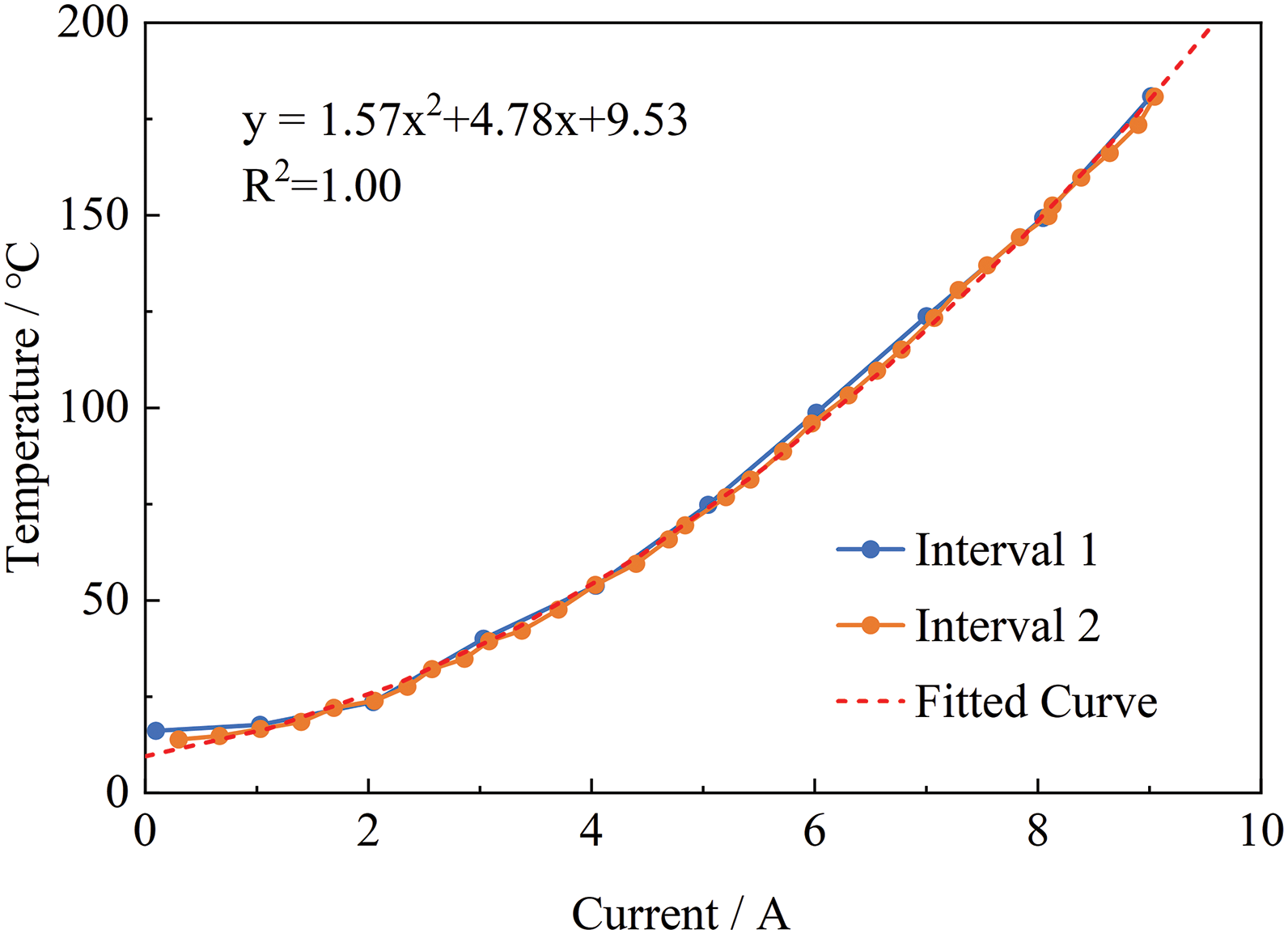
Figure 7: Temperature-current relationship curve
By analyzing and fitting the experimental data, the relationship between temperature and current can be expressed as a mathematical function. The specific functional form will depend on the material properties and experimental conditions, but it will provide a means to predict the temperature reached in the SMA wire for a given current value. This relationship can be useful for controlling the shape memory effect of the SMA wire in practical applications.
where T is temperature (unit in °C); I is current (unit in A).
1) Specimen design
A total of 18 specimens were designed and divided into 6 groups based on different initial tensile strains. Each group has 3 identical samples with 200 mm in length and a diameter of 1 mm. The initial tensile strains corresponding to the 6 groups of specimens are 2%, 3%, 4%, 5%, 6%, and 8%. These specimens are selected based on the yield strain in which three groups are below the yield strain, one group is near yield strain and one group exceeds the yield strain. Through the comparison of these experimental values, it can be inferred that when the initial stress of the SMA wire is around the yield strain, the effect of temperature on the recovery stress [19].
The recovery stress is determined by heating up. To obtain accurate initial strain, stretching equipment was fabricated for applying tension loading, as shown in Fig. 8. The stretching equipment is composed of an adjustable reverse force frame, two fixtures, a jack, a force sensor, and a level gradient. The clamping conditions are similar to the temperature-current test. The load can be applied by the reverse force and the jack, and the level gradient can control the levelness of the reverse force frame and the verticality of the SMA wires. With this setup, the specimens can be stretched to the desired initial tensile strains and then heated to measure their recovery stress and behavior.
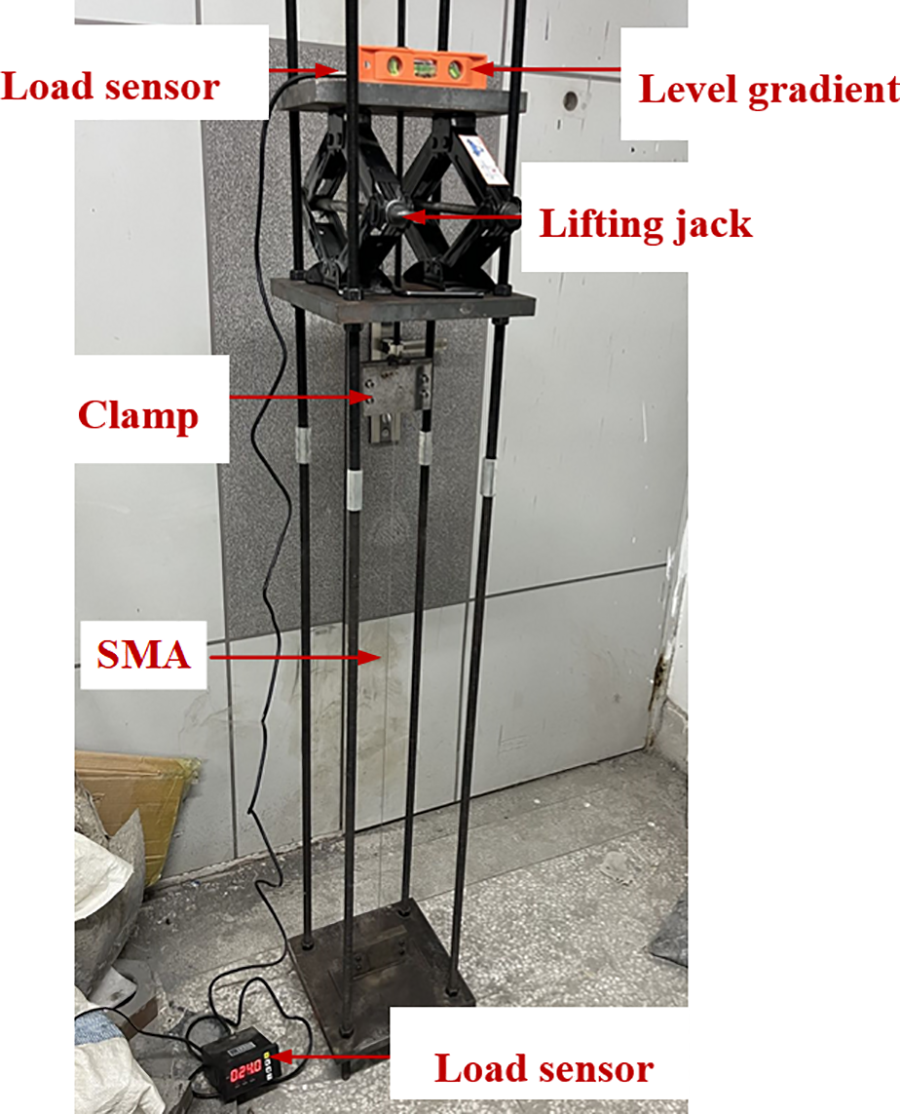
Figure 8: Pull the SMA wire
Both ends of the SMA wires are securely clamped using fixtures, with 200 mm between the upper and lower fixtures. The desired stretching length is achieved by applying an initial tensile strain to the wire. For instance, if the initial tensile strain is set at 1%, the corresponding tensile length would be 200 mm × 1% = 2 mm. To ensure that the SMA wire does not come into direct contact with the fixtures, a layer of sandpaper is wrapped around each end of the wire, covering a length of 10 mm, for insulation purposes. This step is crucial for preventing any unintended heat transfer or short-circuiting. The thermocouple channel is then connected to the midpoint of the SMA wire. Following this, the positive and negative terminals of the power supply are connected to the respective ends of the SMA wire. The power supply is gradually increased until the temperature of the SMA wire reaches 130°C. The energized heating device which includes an output power supply, positive and negative poles, and a temperature display illustrated in Fig. 9.
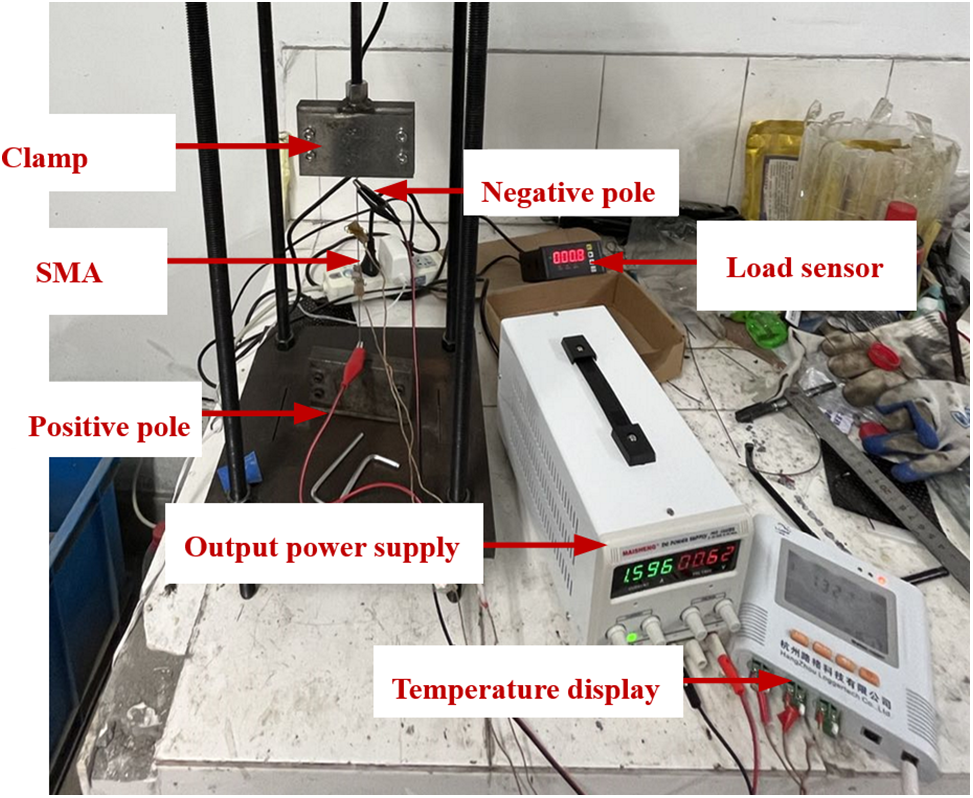
Figure 9: Temperature recovery performance test
2) Analysis of test results
Table 1 presents the measured recovery stress values under various initial strains when the SMA wire reaches a preset temperature. Fig. 10 illustrates the relationship between the SMA wire’s temperature and its recovery stress. This temperature-recovery stress curve can be segmented into three distinct stages: In the first stage, the temperature of the SMA wire remains below 65°C. During this phase, the SMA wire is still in the martensite phase, and its internal lattice structure undergoes gradual changes as the temperature increases. The recovery force is relatively small, and the curve exhibits a steady upward trend. The second stage begins when the temperature reaches the onset of the austenitic phase transition (65°C) and continues until the completion of this transition (100°C). At this point, the SMA wire gradually transforms from the martensite phase to the austenite phase. Its internal lattice arrangement undergoes significant changes, demonstrating a clear shape memory effect. As the temperature rises, the recovery stress increases sharply, and the slope of the curve becomes steeper compared to the previous stage. In the third stage, the temperature exceeds the completion point of the austenitic phase transition (100°C). Here, the SMA wire has fully transformed into the austenite phase, and the stress remains relatively stable with further temperature increases. The curve is relatively flat with only minor fluctuations.

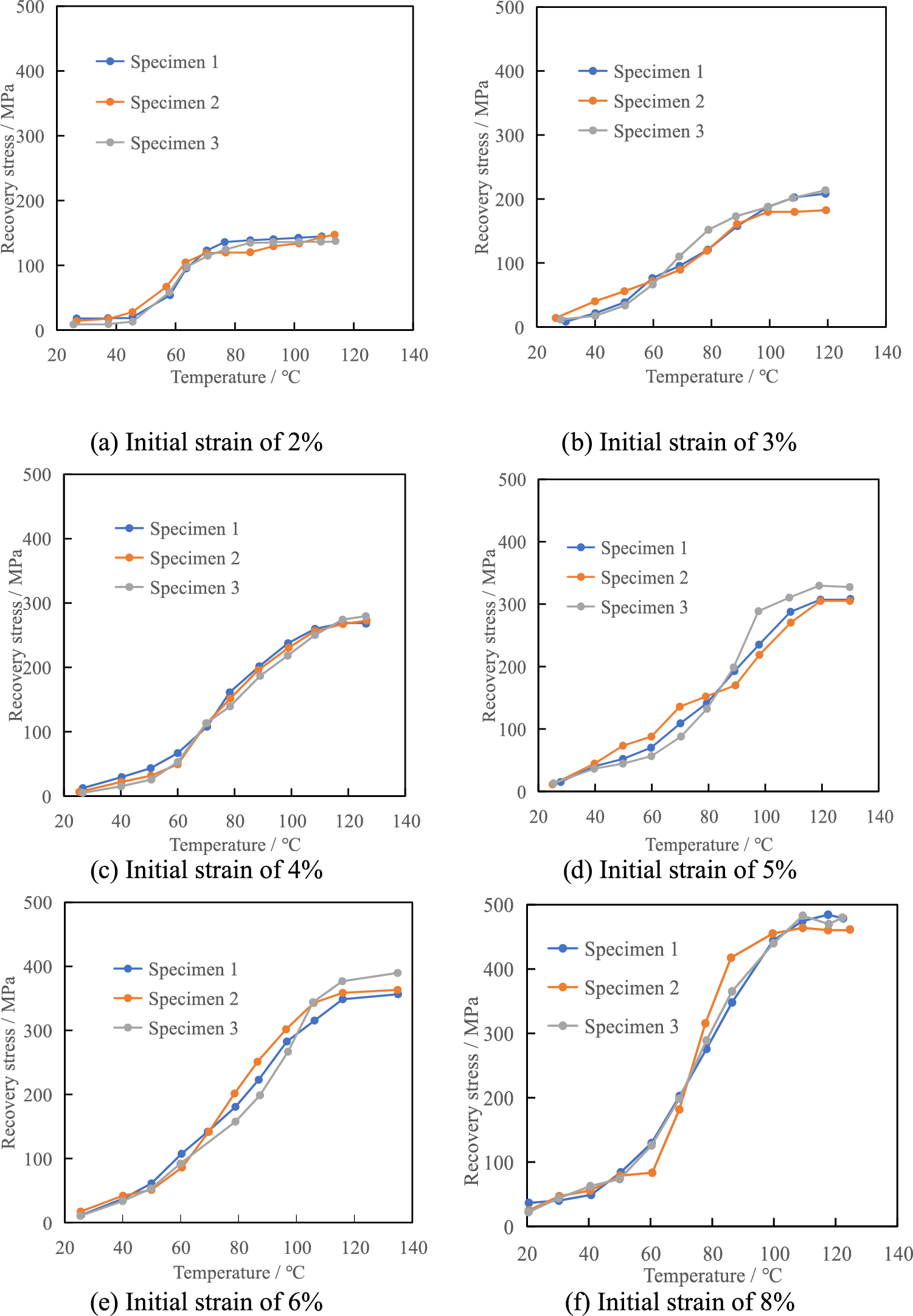
Figure 10: SMA wire recovery stress at different initial strain
As depicted in Table 1 and Fig. 10, an intriguing trend emerges: the higher the initial strain applied to the SMA wire, the greater the maximum recovery stress it can generate once heated to the austenitic phase. It is also noteworthy that while the recovery stress increases with rising temperatures, the peak value does not necessarily correspond to the highest temperature achieved. This observation can be attributed to the fact that once the austenitic phase transition temperature of the SMA wire is reached, further temperature increases have diminishing effects on the recovery stress. Additionally, heat dissipation at the interface between the SMA wire and the fixture contributes to a slight delay in the heating process.
According to the measured results of the maximum recovery stress of SMA wire under different initial strains, the data regression between the initial strain and the maximum recovery stress can obtain the relationship between the initial strain and the maximum recovery stress, as shown in Fig. 11:
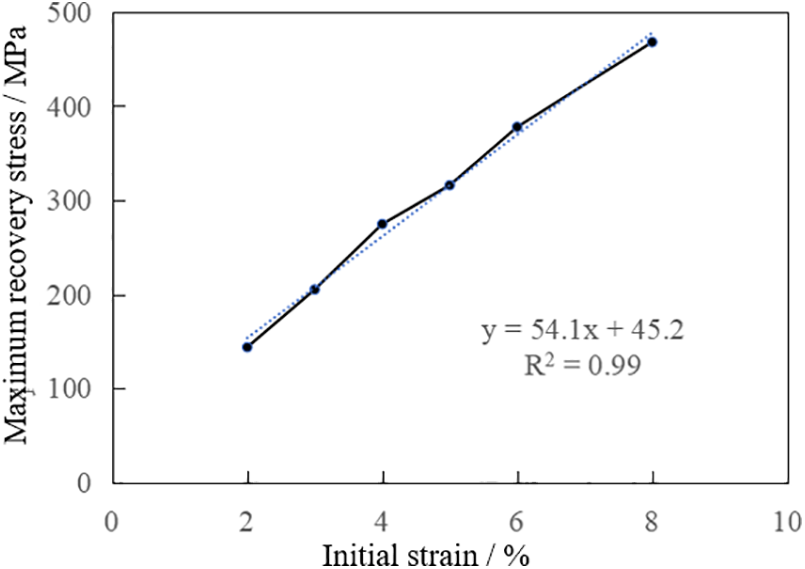
Figure 11: Relationship between initial strain and maximum recovery stress
where
It can be observed that under constrained recovery, the maximum recovery stress of the SMA wire exhibits a linear relationship with the initial strain value of the wire.
3.2 Temperature Rising and Falling Cycles
1) Specimen design
In practical applications, SMA wires undergo an austenite phase transition at elevated temperatures, necessitating repeated heating to sustain a desirable level of recovery stress. Therefore, this section delves into the examination of the recovery stress behavior of SMA wire during repeated temperature cycles, particularly under conditions of alternating temperature rises and falls. The focus is on understanding how the SMA wire responds to these recurring temperature fluctuations and its ability to consistently generate and maintain adequate recovery stress.
The manufacturing process for the specimens and the choice of materials adhere strictly to the established testing methodology. In particular, the SMA wire is precisely fabricated to a length of 200 mm, with an initial strain precisely set at 8%. Consequently, after tensioning, the wire attains a length of 216 mm. The decision to select an initial strain of 8% is grounded in the optimization of recovery stress, thereby augmenting its practical usability and effectiveness.
During the testing phase, two distinct approaches were utilized to regulate the temperature cycle. Firstly, the current was incrementally increased in intervals of 0.5 A, steadily rising until it reached 7 A. Once stability was attained, the current was then gradually decreased, employing 0.5 A intervals again, until it reached zero. This cycle of gradually increasing and subsequently decreasing the temperature was repeated twice. The results of this testing phase are shown in specimen numbers 1–2 in Table 2.

The second method entailed a more direct approach, where the current was rapidly increased to 7 A. After the recovery stress reached a stable state, the current was gradually reduced to zero, facilitating the gradual cooling of the SMA wire back to room temperature. The results of this testing phase are shown in specimen numbers 3–5 in Table 2. During this process, a relaxation phenomenon occurred, as clearly illustrated in Fig. 12. Notably, upon stretching and straightening the SMA wire, no significant recovery stress was observed. This entire cycle was repeated four times, during which the evolution of the recovery stress after each temperature cycle was carefully tracked. Finally, the SMA wire underwent an additional six direct heating cycles.
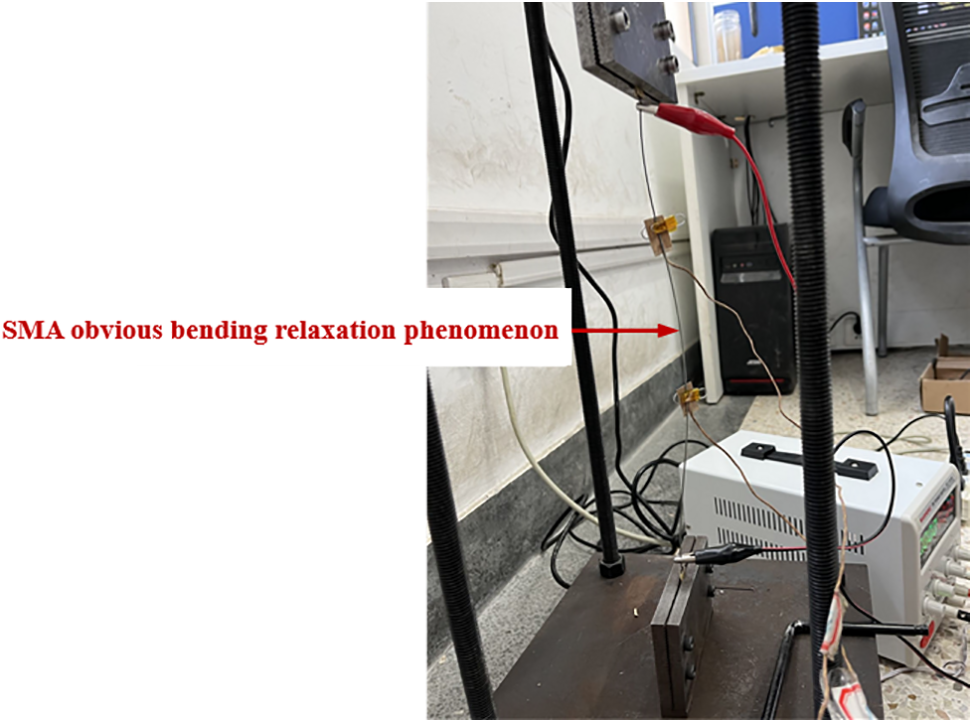
Figure 12: Relaxation phenomenon of SMA filament material after cooling
2) Analysis of test results
As illustrated in Table 2, the table presents the measured temperature and maximum recovery stress values for both temperature cycles, alongside the predicted values derived from Eqs. (1) and (2). Fig. 13 depicts the test results obtained under two distinct temperature lifting modes. When utilizing the first temperature lifting method, the SMA wire’s temperature-recovery stress curve exhibits three distinctive phases: the martensite phase, the martensite-to-austenite phase transition, and the austenite phase. Notably, during the cooling process, at a given temperature, the recovery stress is significantly higher than that observed during the warming phase, indicating a lag in the recovery stress during cooling. This phenomenon is attributed to the shape memory effect of SMA, which encompasses one-way, two-way, and full-range memory characteristics. Consequently, upon cooling, the SMA wire exhibits partial recovery of the length strained in the martensite phase, as evident in Fig. 14. In contrast, during the second heating process, the SMA wire achieves a recovery stress that is lower than that of the initial heating, accounting for approximately 70% to 80% of the recovery stress corresponding to the initial tensile strain. This reduction is attributed to the relaxation of the SMA wire after the cooling process.
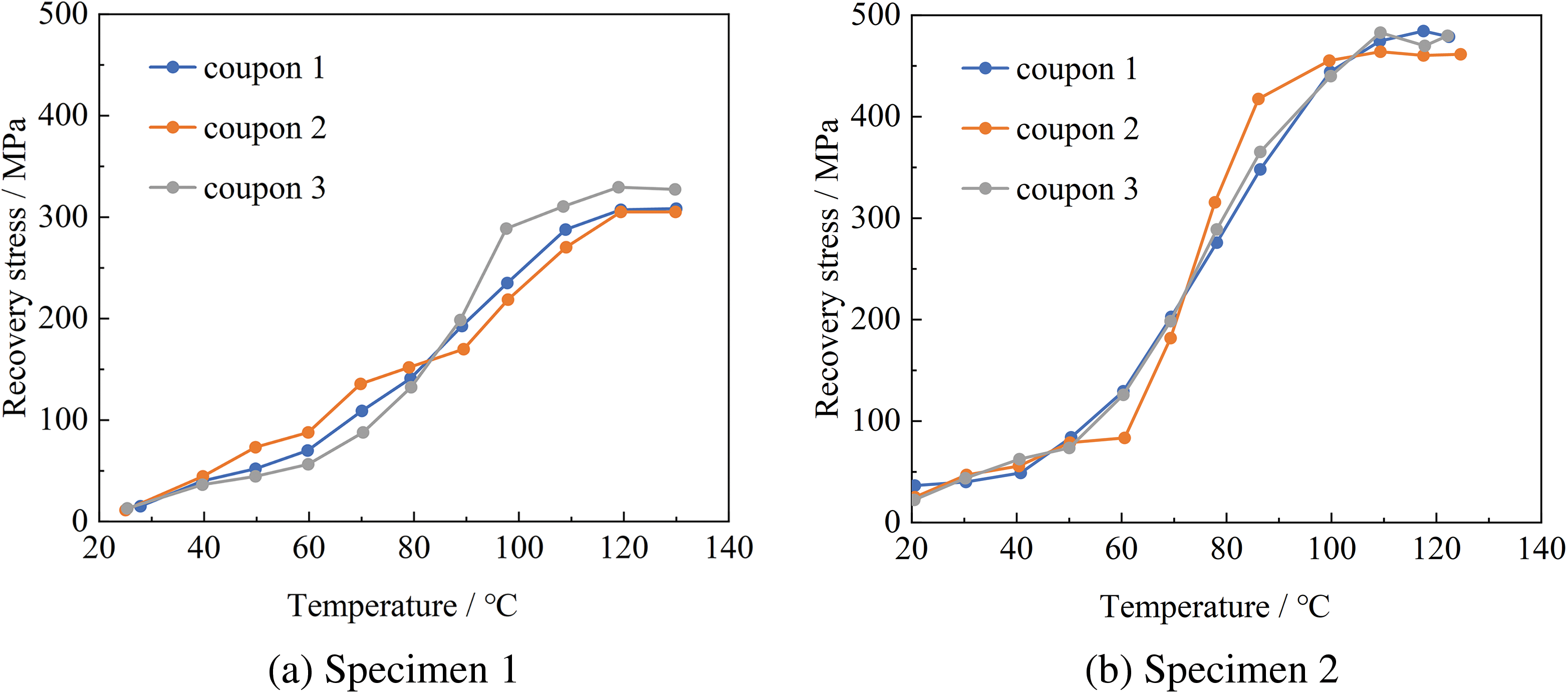
Figure 13: The first rising and cooling temperature-recovery stress curve
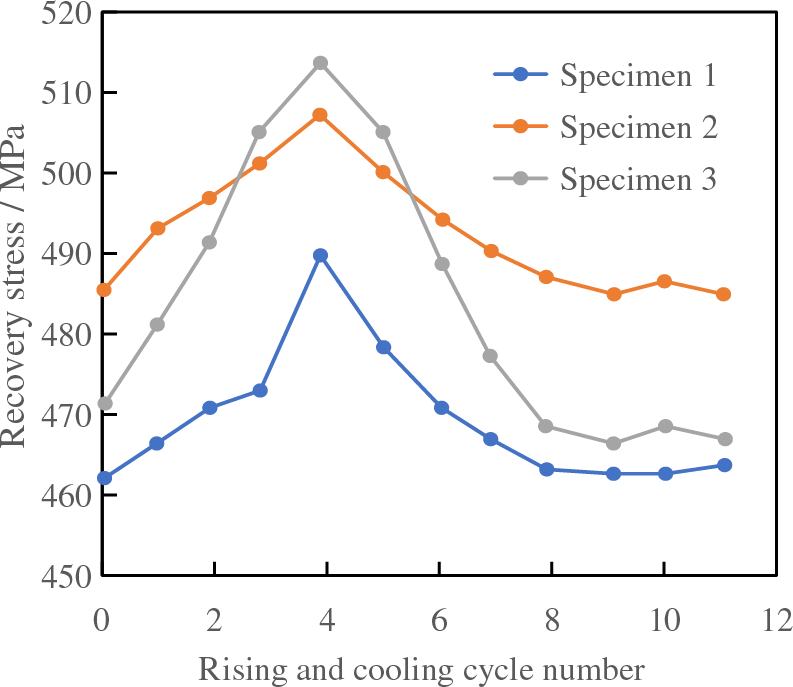
Figure 14: The second rising and cooling cycle number recovery stress relationship
When utilizing the second method for temperature adjustment, the SMA wire is first pre-tightened and then reheated. This sequence of steps leads to a gradual enhancement in its recovery force, with each subsequent cycle exhibiting an increase ranging from approximately 0.5% to 10% compared to the initial heating cycle. Following four such cycles, the SMA wire achieves its peak recovery stress, surpassing the initial 8% recovery stress by an average of 20%.
After six temperature cycles where the SMA wire was not utilized and tightening measures were implemented, it was observed that the SMA filament still experienced a drop in recovery stress. Specifically, the recovery stress achieved during the second heating cycle was lower than that generated during previous heating cycles. However, as the number of lifting temperature cycles increased, the relaxation degree of each SMA wire decreased significantly. The reduction in recovery stress became increasingly minor with each subsequent cycle.
Notably, after the eighth temperature cycle, the recovery stress tended to stabilize, closely approximating the corresponding recovery stress achieved when the initial strain was 8%. This finding suggests that in practical engineering applications, a stable recovery stress can be attained after eight heating training cycles of the SMA wire. This stabilization indicates that the SMA wire has adapted to the temperature changes and reached a state of optimal performance, where further training cycles are unlikely to result in significant improvements in recovery stress.
The analysis of the results in Table 2 reveals that, although the methodology for estimating recovery stress during a single temperature increase accurately forecasts the peak recovery stress after a solitary lifting and cooling temperature cycle, its accuracy diminishes notably after multiple such cycles. This underscores the importance of accounting for the cumulative effects of repeated temperature fluctuations. Moreover, when applying the secondary heating approach, the average peak recovery stress exhibits minor fluctuations, with a minimal relative deviation of merely 5.1%. Notably, Eq. (1) has demonstrated proficiency in predicting temperatures based on measured data, indicating the reliability of this temperature and maximum recovery stress prediction method for forecasting temperatures under diverse current conditions and the maximum recovery stress at varying levels of initial stain.
4 Analytical Model for Temperature-Recovery Stress Curves
In recent years, numerous theories and models have been put forth to predict the recovery curves (i.e., temperature-recovery stress relationship) exhibited by SMA wires. Specifically, the model that captures the relationship between recovery stress and temperature under constrained conditions has found utility in both engineering applications and computer simulations. This model serves to describe the behavior of SMA wires comprehensively. To articulate this relationship, a macroscopic phenomenological model has been introduced, which integrates microscopic thermodynamic models, micro-macro models, and macroscopic models. The elastic modulus, phase tensor, and thermal tensor are used to represent the stress change relationship of SMA wire under temperature change. The change of elastic modulus and phase tensor are described by the martensite content of SMA wire. The general formulation of this combined model named the Brinson model expressed as [20]:
where
The thermal excitation of the SMA wire from room temperature to 130°C may involve the manifestation of a maximum of three sequential stages. The material properties and response of the SMA wire within these different stages can be captured through the implementation of a segmented modeling approach based on Eq. (3). Before the formulation of the predictive analytical model, several material parameters must be explicated.
where
In the first stage, the initial strain of SMA wire is
where
In the second stage, according to the experimental value and the literature, based on the related study, an assumption that the recovery stress-temperature curve is close to the cosine function was utilized to simplify the relationship [21]. When the working temperature of SMA wires between
where
In the last stage, the working temperature has exceeded
where
Based on Eqs. (6), (7) and (9), it can successfully describe the curve of recovery stress and temperature. The comparisons of analytical and test results are shown in Fig. 15.
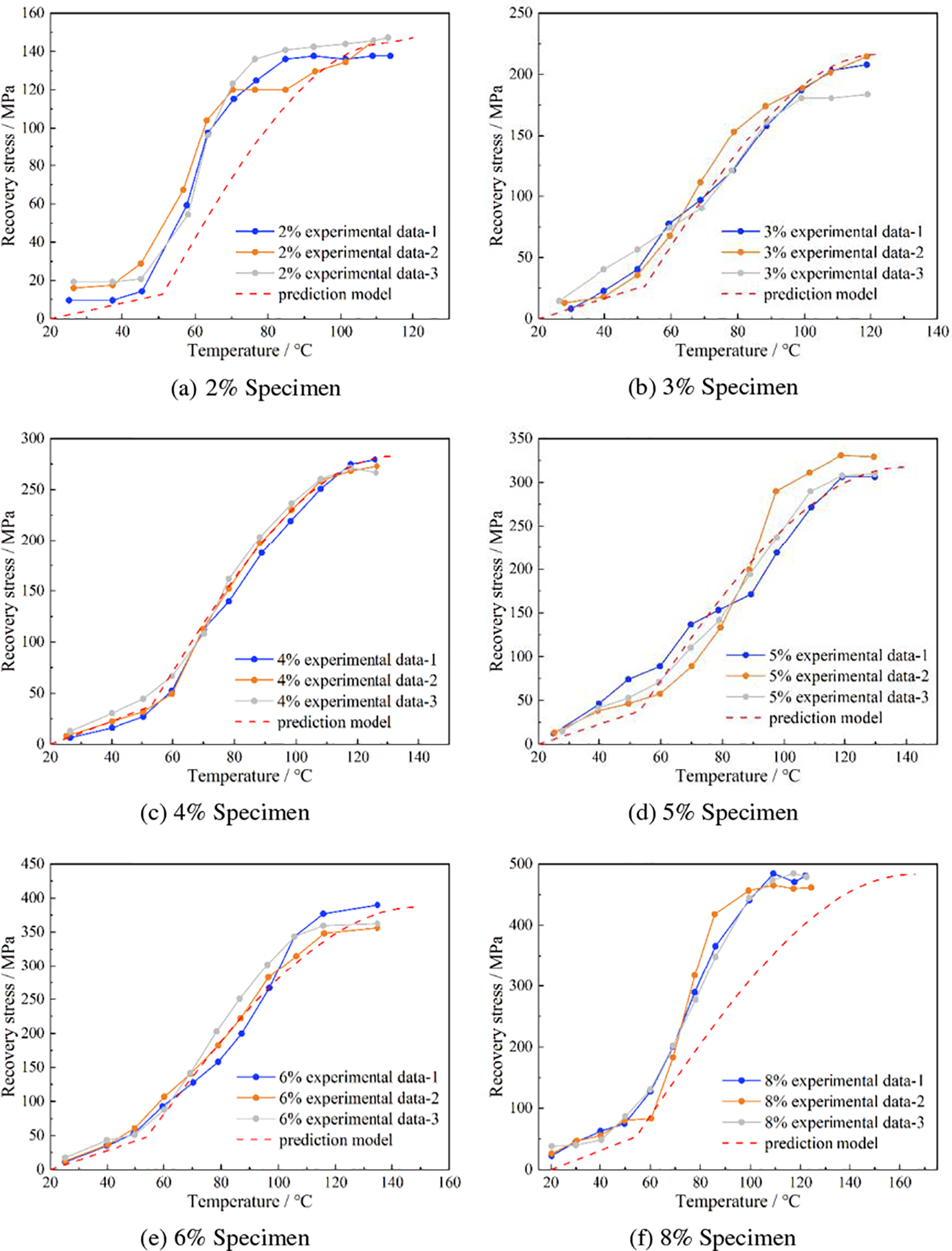
Figure 15: Comparisons of prediction model with experimental values
Fig. 15 presents a comparative analysis between the predictions of the developed model and experimental data, demonstrating that the model accurately captures the relationship between the recovery stress and temperature of the SMA wire when the initial stain is within the range of 2%–6%. However, as the initial stain is increased to 8%, the model predictions begin to deviate from the experimental observations. It can be observed that the maximum recovery between the experimental data and the prediction model is close, but the austenite finish temperature (Af) of the prediction model was significantly delayed. Such deviation is likely due to the initial strain exceeding the yield strain, and unavoidable residual internal stress relaxation and local temperature rise occurred [22]. According to the stress-strain curve, at this stage, stress changes are more prone to cause alterations in stress, meaning that strain variations induced by temperature are more likely to lead to changes in recovery stress. This discrepancy can be attributed to the fact that excessively large initial stains may alter the underlying recovery mechanisms of the SMA material. Nonetheless, the predictive model still shows good agreement with the experimental data in describing the general trend of the relationship between recovery stress and temperature of the SMA wire.
This paper presents an experimental investigation into the recovery performance of SMA wire under diverse initial stain conditions and both single and repeated heating-cooling temperature cycles. Based on the comprehensive analysis of the experimental data, a predictive formula is formulated to estimate the temperature and maximum recovery stress, and an analytical model is modified to capture the temperature-recovery stress relationship. The salient conclusions derived from this study are outlined below:
1. In this study, the SMA wire was heated by current excitation. As the current increases, there is a lack of significant distinction in the temperature changes between the two current intervals. The temperature of the SMA wire rises gradually, resulting in a progressively steeper temperature-current curve and an accelerated rate of temperature increase. Specifically, when the current reaches 9 A, the temperature within the wire attains its maximum value of 180°C. Based on the experiment, a group of prestrained SMA wires with 8% strain exhibits an average recovery stress of 468 MPa.
2. After the initial strain is imparted to the SMA wire, the subsequent recovery process following a single heating cycle can be precisely characterized into three distinct stages: the initial martensite phase, the transition from martensite to austenite, and the stabilized austenite phase. Crucially, the degree of restraint applied to the SMA wire material directly influences the maximum recovery force achieved upon heating to the austenitic phase.
3. During repeated cycles of rising and cooling temperatures, the SMA wire tends to relax upon cooling, resulting in a reduction in its maximum recovery stress. However, by undergoing a process of cooling, relaxing, and subsequent tightening training, the SMA wire can achieve its highest recovery stress value after four temperature rising and cooling cycles and the recovery stress of the SMA wire stabilizes thereafter.
4. The predictive model can reliably characterize the recovery stress and temperature relationship of the SMA wire when the initial stain is within the 2%–6% range. Nevertheless, the model’s accuracy diminishes when the initial stain is increased to 8%, indicating potential limitations in the model’s ability to account for the changes in the underlying recovery mechanisms at larger initial stain levels.
The current research is conducted based on experimental observations, primarily investigating the impact of temperature on the recovery stress of SMA wires under different initial strains. In future research, we will shift our focus more towards the study of the recovery stress mechanisms in SMA wires, based on the findings from experimental studies. Attempting to propose modifications to the SMA prediction model and apply the predictive model to simulations such as finite element calculations.
Acknowledgement: None.
Funding Statement: This study was financially supported by National Natural Science Foundation of China (Project No. 51878156).
Author Contributions: Zhi-Xiang Wei carried out the theoretical analysis and experimental studies, participated in the sequence alignment and drafted the manuscript. Wen-Wei Wang guided the whole study and edited the writing of the article. Yan-Jie Xue and Wu-Tong Zhang participated in the experimental studies. Qiu-Di Huang helped to draft the manuscript. Wu-Tong Zhang participated in data processing and article editing. All authors reviewed the results and approved the final version of the manuscript.
Availability of Data and Materials: The data and materials in the current study are available from the corresponding author on a reasonable request.
Ethics Approval: Not applicable.
Conflicts of Interest: The authors declare no conflicts of interest to report regarding the present study.
References
1. Xue W, Liu Z, Li J, Zhou L, Luo Z. Experimental research on active control of intelligent prestressed beams based on SMA. Chinese J Civil Eng. 2009;42(6):22–7 (In Chinese). [Google Scholar]
2. Song G, Ma N, Li HN. Applications of shape memory alloys in civil structures. Eng Struct. 2006;28(9):1266–74. doi:10.1016/j.engstruct.2005.12.010. [Google Scholar] [CrossRef]
3. Cui D, Li H, Song G. Experimental study on mechanical properties of shape memory alloy concrete beams. Eng Mech. 2010;27(2):117–23 (In Chinese). [Google Scholar]
4. Shin M, Andrawes B. Experimental investigation of actively confined concrete using shape memory alloys. Eng Struct. 2010;32(3):656–64. doi:10.1016/j.engstruct.2009.11.012. [Google Scholar] [CrossRef]
5. Choi E, Mohammadzadeh B, Kim D, Jeon JS. A new experimental investigation into the effects of reinforcing mortar beams with superelastic SMA fibers on controlling and closing cracks. Compos Part B: Eng. 2018;137:140–52. doi:10.1016/j.compositesb.2017.11.017. [Google Scholar] [CrossRef]
6. Rius JM, Cladera A, Ribas C, Mas B. Shear strengthening of reinforced concrete beams using shape memory alloys. Constr Build Mater. 2019;200:420–35. [Google Scholar]
7. Xue YJ, Wang WW, Tan X, Hui YX, Tian J, Zhu ZF. Mechanical behavior and recoverable properties of CFRP shape memory alloy composite under different prestrains. Constr Build Mater. 2022;333:127186. [Google Scholar]
8. Han TH, Dong ZQ, Zhu H, Wu G, Zhao XL. Compression behavior of concrete columns combinedly confined by FRP externally wrapped Fe-SMA strip. Eng Struct. 2023;294:116754. doi:10.1016/j.engstruct.2023.116754. [Google Scholar] [CrossRef]
9. Wang WW, Zhou C, Zhang YF, Xue YJ, Li S, Yin SP. Experimental study on flexural performance of reinforced concrete beams reinforced by CFRP/SMA composite sheets. J Appl Basic Eng Sci. 2021;29(4):282–95 (In Chinese). [Google Scholar]
10. Qiang XH, Zhang ZY, Zhang DL, Dong H, Jiang X. Post-fire performance of iron-based shape memory alloy: experimental study, prediction equations and constitutive models. Structures. 2024;64:106552. doi:10.1016/j.istruc.2024.106552. [Google Scholar] [CrossRef]
11. Pan SH, Zou CY, Zhang X, Yan D, Chen YM, Hui HX. The recovery stress of hot drawn and annealed NiTiNb SMA considering effect of temperature and cyclic loads: experimental and comparative study. Eng Struct. 2022;252:113623. doi:10.1016/j.engstruct.2021.113623. [Google Scholar] [CrossRef]
12. Qian H, Ye JN, Shi YF, Ye YX, Gao JD, Deng EF. Development and investigation of a novel precast beam-column friction hinge joint enhanced with Cu-Al-Mn SMA-plate-based self-centring buckling-restrained devices. J Build Eng. 2023;79:107825. doi:10.1016/j.jobe.2023.107825. [Google Scholar] [CrossRef]
13. Cladera A, Weber B, Leinenbach C, Czaderski C, Shahverdi M, Motavalli M. Iron-based shape memory alloys for civil engineering structures: an overview. Constr Build Mater. 2014;63:281–93. doi:10.1016/j.conbuildmat.2014.04.032. [Google Scholar] [CrossRef]
14. Shahverdi M, Michels J, Czaderski C, Motavalli M. Iron-based shape memory alloy strips for strengthening RC members: material behavior and characterization. Constr Build Mater. 2018;173:586–99. doi:10.1016/j.conbuildmat.2018.04.057. [Google Scholar] [CrossRef]
15. Dolatabadi N, Shahverdi M, Ghassemieh M, Motavalli M. RC structures strengthened by an iron-based shape memory alloy embedded in a shotcrete layer-nonlinear finite element modeling. Materials. 2020;13(23):5504. doi:10.3390/ma13235504. [Google Scholar] [PubMed] [CrossRef]
16. Czaderski C, Shahverdi M, Michels J. Iron based shape memory alloys as shear reinforcement for bridge girders. Constr Build Mater. 2021;274:121793. doi:10.1016/j.conbuildmat.2020.121793. [Google Scholar] [CrossRef]
17. Xue YJ, Wang WW, Tian J, Wu ZH. Plate end debonding strength model for RC beams strengthened with FRP/SMA composites. Eng Struct. 2024;302:117421. doi:10.1016/j.engstruct.2023.117421. [Google Scholar] [CrossRef]
18. Wang WW, Zhou C, Xue YJ, Song YY. Research on seismic performance of prefabricated bridge piers with external energy-dissipation plates. J Hunan Univ Nat Sci. 2020;47:57–68 (In Chinese). [Google Scholar]
19. Abdulkareem Z, Oukaili N, Al-Mahaidi R. Shear capacity investigation of RC concrete beams using self-prestressing Fe-based shape memory alloys strips. Results Eng. 2023;18:101204. doi:10.1016/j.rineng.2023.101204. [Google Scholar] [CrossRef]
20. Cisse C, Zaki W, Zineb TB. A review of constitutive models and modeling techniques for shape memory alloys. Int J Plast. 2016;76:244–84. doi:10.1016/j.ijplas.2015.08.006. [Google Scholar] [CrossRef]
21. Li YF, Mi XJ, Yin XQ, Xie HF. Constrained recovery properties of NiTi shape memory alloy wire during thermal cycling. J Alloys Comp. 2014;588:525–9. doi:10.1016/j.jallcom.2013.11.074. [Google Scholar] [CrossRef]
22. Zhang YH, Li H, Yang ZW, Liu X, Gu QF. Microstructure evolution and shape memory behaviors of Ni47Ti44Nb9 alloy subjected to multistep thermomechanical loading with different prestrain levels. J Mat Sci Technol. 2023;171:80–93. [Google Scholar]
Cite This Article
 Copyright © 2025 The Author(s). Published by Tech Science Press.
Copyright © 2025 The Author(s). Published by Tech Science Press.This work is licensed under a Creative Commons Attribution 4.0 International License , which permits unrestricted use, distribution, and reproduction in any medium, provided the original work is properly cited.


 Submit a Paper
Submit a Paper Propose a Special lssue
Propose a Special lssue View Full Text
View Full Text Download PDF
Download PDF Downloads
Downloads
 Citation Tools
Citation Tools